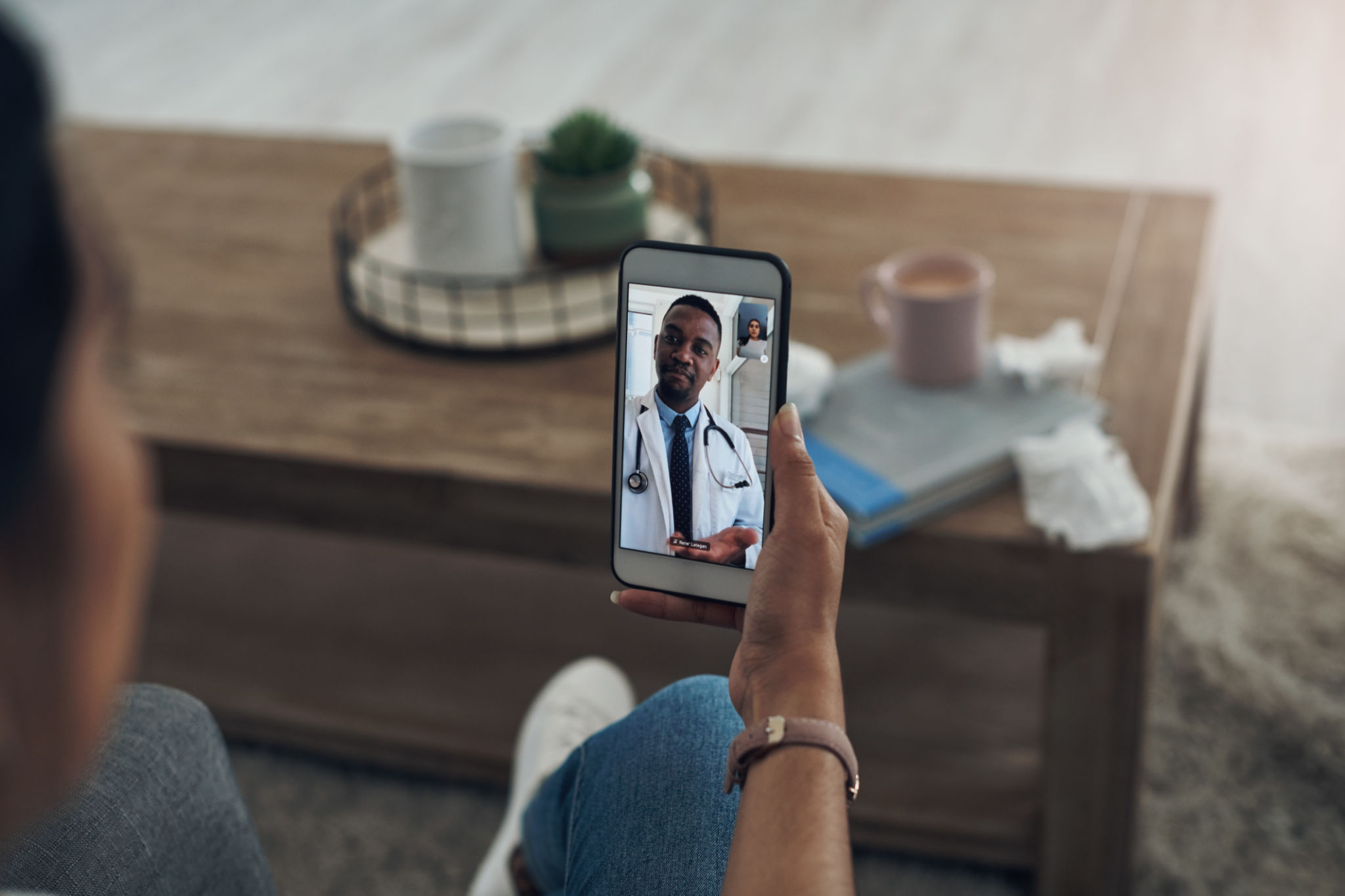How Medical Standby Solutions Are Evolving with New Technologies
The Rise of Telemedicine in Medical Standby Solutions
Telemedicine has dramatically transformed the landscape of medical standby solutions. With the ability to provide real-time medical consultations via digital platforms, telemedicine ensures that medical professionals can offer immediate assistance to individuals in need, regardless of their location. This technology is especially beneficial in remote areas where access to healthcare facilities is limited. By leveraging telemedicine, healthcare providers can ensure that patients receive timely and effective interventions.

Wearable Technology: A Game Changer
Wearable technology is another groundbreaking innovation in the realm of medical standby solutions. Devices like smartwatches and fitness trackers are now equipped with advanced sensors capable of monitoring vital signs such as heart rate, oxygen levels, and even detecting irregular heart rhythms. These wearables offer continuous health monitoring, providing crucial data that can be used to make informed decisions during emergencies. The ability to track health metrics in real-time enables quicker response times and more personalized care.
In addition to monitoring, wearables can alert medical professionals and emergency contacts when a user's vital signs fall outside of normal ranges. This proactive approach allows for rapid intervention, potentially saving lives by addressing health issues before they escalate into serious emergencies.
Drones: Revolutionizing Emergency Response
Drones have become a pivotal addition to medical standby solutions, offering a swift and efficient method to deliver medical supplies and equipment to hard-to-reach areas. In emergency situations where time is of the essence, drones can transport essential items such as first aid kits, defibrillators, and even medications to locations that are otherwise inaccessible due to geographical barriers.

The use of drones also extends to surveillance and assessment during disasters. Equipped with high-resolution cameras and sensors, drones can provide real-time data and imagery, enabling rescue teams to make informed decisions quickly and accurately. This technology not only improves response times but also enhances the safety and effectiveness of emergency operations.
Artificial Intelligence in Predictive Healthcare
Artificial intelligence (AI) is playing an increasingly vital role in the evolution of medical standby solutions. AI algorithms can analyze vast amounts of health data to identify patterns and predict potential health crises before they occur. This predictive capability allows for proactive measures in managing patient health and preventing emergencies.
With AI-powered tools, healthcare professionals can anticipate patient needs, allocate resources efficiently, and streamline communication between medical teams. By integrating AI into medical standby systems, the healthcare industry can provide more accurate diagnoses, personalized treatment plans, and ultimately improve patient outcomes.

The Future of Medical Standby Solutions
The integration of these advanced technologies into medical standby solutions is just the beginning. As technology continues to advance at a rapid pace, we can expect even more innovations that will further enhance the effectiveness and reach of emergency healthcare services. Future developments may include more sophisticated AI algorithms, improved wearable tech with enhanced capabilities, and even autonomous drone networks for large-scale emergency response.
By embracing these new technologies, the healthcare industry is better equipped to provide timely, efficient, and effective care in emergency situations. These advancements not only improve the quality of care but also ensure that help is accessible to everyone, regardless of their location or circumstances.
